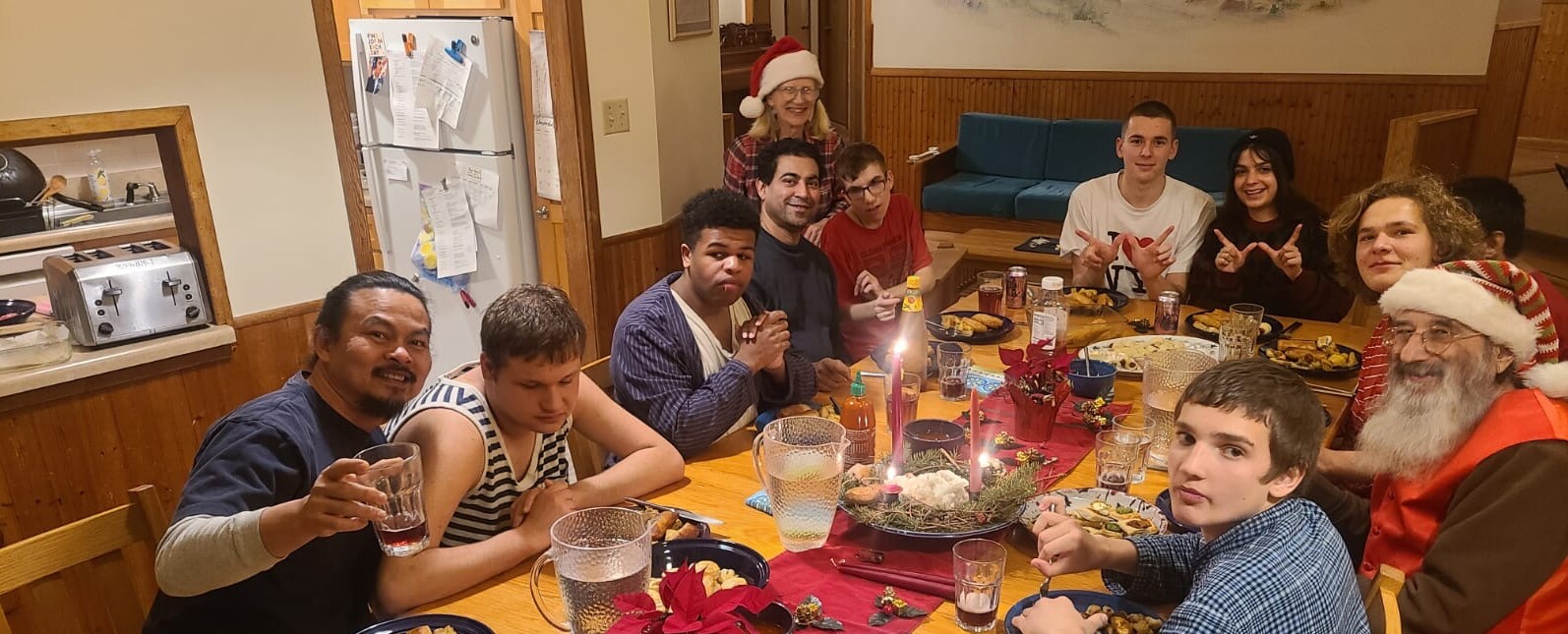What does it mean to be a family?

Families take many forms. From the so-called “traditional” – mother, father, children – to alternative set-ups like mother, aunt, grandfather, children. No one is better than the other. No form is right or wrong.
What being part of a family really means is being surrounded by people who care about you and understand you. It means having the space to be yourself and having the space to be together. Every member contributes to the family unit – whether it be cooking, cleaning, shopping, telling jokes, giving hugs, or gracefully winning card games.
According to a 2021 Pew Research survey, the number of multigenerational households in the U.S has quadrupled. While the largest factor leading people to share their homes is financial, a close second is caregiving.
Numerous studies have been conducted around the world as to the benefits of intergenerational living. One of the most striking results of these studies is that there is a demonstrable link between social interaction and longevity.
Extended family living is at the heart of the Camphill movement. With elders, resident volunteers and their children, and students sharing a home. With this dynamic, the benefits of intergenerational living abound. The wisdom held by our older cohort is a resource rich in perspective, history, and experience. The freshness of our younger generation is filled with novelty, energy, and vitality. Each offer to the other their understanding, care, and companionship.
As the years have passed, the ideal of extended family living at The Camphill School remains strong. It has taken different forms – some homes have a nuclear family at its core, while others have house parents who may not actually be related but have chosen to share their home as a family.
With the passage of time our students’ and resident volunteers’ needs and expectations have also changed. There is a greater need for students to have single or double occupancy rooms. Gone are the days of having four high school students to a room with two sets of bunk beds.
With many students having their own rooms, resident volunteer coworkers connected to the homes may need to reside in nearby on-campus houses. While this works as an alternative, ideally, everyone in a house community would live under the same roof. This will be achieved as part of the Building for a Lifetime Campaign.
Additions to Woodledge and Ember, two of our more modest homes built in the early 1970s, will provide an apartment with four bedrooms and a bathroom, kitchen, and living room giving resident staff and their family their own space. As the school seeks to retain experienced and committed resident staff, providing better work life balance while remaining connected to the students is crucial.
The lower floor of the new wing will hold a two-bedroom, one bath efficiency apartment with a kitchenette and living room. This space is designed to serve retired or semi-retired long-term resident staff. With decades of dedication to the school community and experience with many students over their tenure, their knowledge is deeply valued and are often sought after for advice and guidance. This space also allows the community to uphold the intergenerational living that is at the heart of what makes Camphill communities around the world the incredible places they are.
Not only will these thoughtful renovations provide the space needed for the modern needs of our school, they will also address issues like sunken living room floors, galley kitchens, and no ADA accessible restrooms. By raising the floors for accessibility, the main living room and kitchen area will provide students with a more beautiful and functional space to be together with their house community.